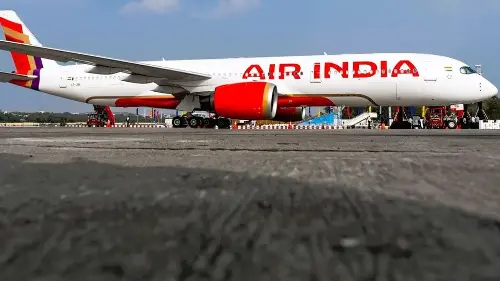
The consolidation was important for the group which took over the loss-making Air India in the middle of the pandemic and was running Vistara, in partnership with Singapore Airlines and AirAsia India, in partnership with AirAsia Bhd as a loss-making enterprise. The consolidation sets the airline on a different path, where profitability may still be away but the combined strength helps take on IndiGo in the domestic market and extend the lead on the international side.
Also Read: 3 years of Air India under the Tatas: The hits and misses of Maharajah
Here are the seven takeaways from 100 days of the merger.
Seamless cut-off
As the clock struck midnight, Vistara was history, and a combined Air India was born. There was no chaos at the airports with missing flights and passengers running around. The communication to passengers and cut-off for the IT systems and passenger handling at the airports, including that of loyalty card members, went about as planned.
The Vistara network was short-lived
Air India came up with social media advertisements and full-page advertisements in newspapers highlighting how the former Vistara planes and staff would continue until early 2025. However, this was short-lived with a few flights shifting to Air India equipment right on the day of the merger and progressively changing the network to better suit its three-class configuration routes in the country, and abroad.
Also Read: Vistara to end services in November as merger with Air India gets key nod: Looking back at airline’s 3,595-day journey
Focus on major metro routes
Long way to go for common branding
Dip in domestic market share
The combined entity was supposed to be more powerful than before, but the Tata group's first full month of operations as a two-airline model saw a market share dip. This came in a month that recorded the highest-ever domestic traffic in India, clearly a sign that the airline group was losing out on traffic and needed time to calibrate its offering to the market.
Focus on Delhi and International connections
Also Read: Air India-Vistara merger: The routes that will be in focus
Additionally, many routes and a handful of planes have been transferred to Air India Express, the low-cost subsidiary.
Vistara is still popular
Tail Note
With signs of thaw in Ukraine, if and when the Russian airspace opens, the airline will have to make do with competition on the North American routes, which was hitherto limited due to airspace availability challenges for American carriers while Air India overflew Russia, the shortest path to the Americas.